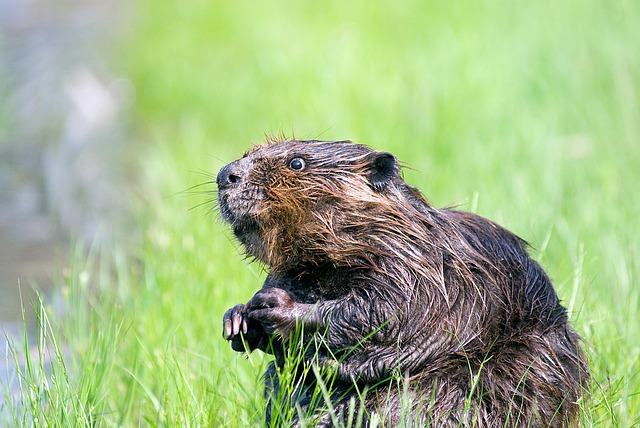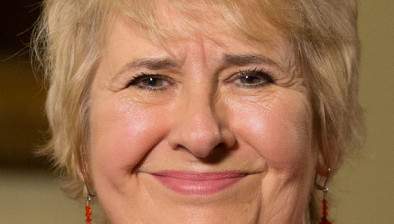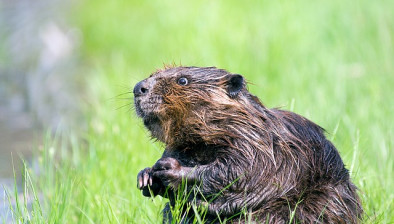New measures to expand beaver numbers and restore biodiversity

The Scottish government will actively support the expansion of the beaver population, promoting translocation, which involves safely trapping and moving beavers to a more suitable area. This will reduce or avoid negative impacts and help establish beaver presence in areas of Scotland outside their current range, beyond where natural expansion would be expected to reach in the short term.
Biodiversity minister Lorna Slater visited the Scottish Wildlife Trust’s Loch of the Lowes Visitor Centre and Wildlife Reserve near Dunkeld, which has been home to beavers since 2012.
Ms Slater said: “Beavers were driven to extinction in Scotland but have now become an established part of our environment in some areas following their reintroduction, and today’s announcement will help them to continue to expand across the country. Restoring this lost species is important in its own right, but beavers will also contribute to restoring Scotland’s natural environment as they create wetland habitats that support a range of species, and their dams can also help filter sediment from watercourses and mitigate flooding.
“The Scottish government recognises that through their modification of the environment, in some places beavers can produce negative impacts on some species, on agricultural land, forestry and on infrastructure. Since they were made a protected species in 2019, we have gained sufficient experience in managing beavers in Scotland to allow us to confidently support proactive steps to expand their population. We will continue to provide support and advice to land managers to mitigate any negative impacts, and the additional option of trapping and translocation will further enhance this package of support.”
Francesca Osowska, NatureScot’s chief executive, said: “This is a significant step to restore Scotland’s biodiversity and respond to the climate emergency. Up to now, our ability to move, or translocate, beavers to different areas across Scotland has been limited to moving animals within their current range where populations are already established. Being able to move beavers out of their current range gives us a much wider scope.”







